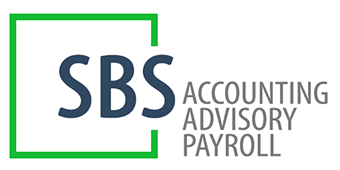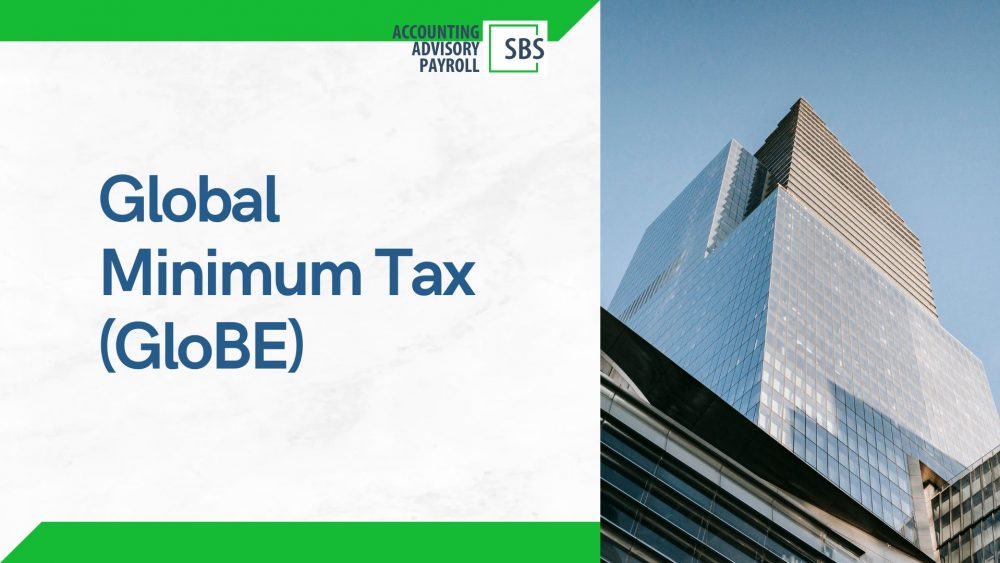From 2024 onward, the OECD’s Global Anti-Base Erosion (GloBE) rules on the global minimum tax will also have a tangible effect on Hungarian subsidiaries of multinational groups. The intent is clear: any corporate group with consolidated annual revenue exceeding €750 million should face an effective tax rate (ETR) of at least 15% in every country where it operates.
Alongside this requirement come new reporting, calculation, and top-up tax obligations — such as the Qualified Domestic Minimum Top-up Tax (QDMTT) and the Income Inclusion Rule (IIR). The regulations bring a range of interpretation challenges, particularly for CFOs, tax professionals, and accountants. Below we address common questions that have emerged during webinars and advisory engagements.
Aligning GloBE obligations when group entities have different year-ends
A frequent complication arises when the ultimate parent company and the Hungarian subsidiary have different financial year-ends — for example, the parent closes on 30 June, while the Hungarian entity closes on 31 December.
Under the law, the “tax year” is the reporting period used by the ultimate parent for its consolidated financial statements. This means the top-up tax calculation must align with the parent’s year. However, according to the Hungarian Tax Authority, the GloBE notification form should follow the domestic subsidiary’s own fiscal year.
In our example, the top-up tax deadline would match the parent’s year-end (30 June), but the notification form would be filed according to the Hungarian company’s year-end (31 December).
De minimis exemptions — permanent and transitional
The GloBE framework allows for two different de minimis exemptions:
- Permanent de minimis — requires that over a three-year average, all Hungarian group entities have combined annual revenue below €10 million and average profits (or losses) below €1 million.
- Transitional Safe Harbour de minimis — looks only at the current year, applying the same thresholds (€10m revenue and €1m profit) but only for that single year in the specific jurisdiction.
Because the two tests operate on different timeframes and datasets, a company that fails one may still qualify under the other.
Which taxes count in the ETR calculation?
For QDMTT purposes, both the local business tax and the innovation contribution can be included when determining the ETR. However, for transitional CbCR Safe Harbour testing, only income taxes shown as such in the accounting framework used for country-by-country reporting may be counted.
This means that in Hungarian accounting standards, where these levies are booked as “other expenses” rather than income taxes, they are excluded from the simplified ETR test — though IFRS reporters might treat them differently.
Data needed for transitional Safe Harbour testing
Although the relevant CbC report for the 2024 fiscal year will typically not be available until late 2025, waiting is risky. Hungarian subsidiaries with a calendar year must determine and pay domestic top-up tax advances by 20 November 2025.
A practical approach is to run preliminary Safe Harbour assessments now, using the same accounting data that will later feed into the official CbC report. This early check can reveal whether a full GloBE top-up calculation is necessary, or whether exemptions apply.
Key takeaway
Navigating GloBE obligations requires careful coordination between group and local reporting, precise understanding of exemption criteria, and attention to which taxes are eligible in ETR tests. With deadlines approaching, early analysis can help avoid overpayment, late filings, or missed opportunities for relief.






Comments are closed.